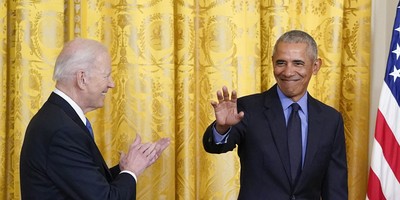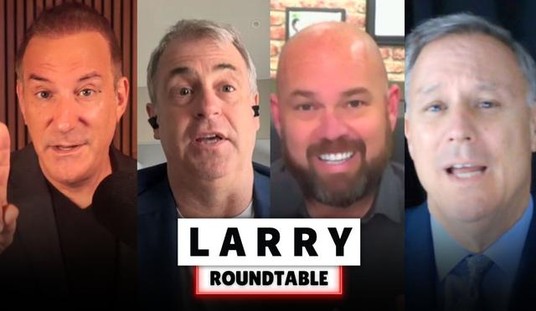To understand what Blaine Amendment is and its' impact on school choice, we first need to turn back the time. The 19th century saw a large of influx of Irish immigrants to the U.S.. The city of Boston was called the “Dublin of America,” because one in every three people living there was Irish. These immigrants were often regarded by native-born Americans as unwanted competition for jobs, especially low-paying jobs. In addition, many Americans regarded Irish Catholic immigrants as threats to republic values, because they feared Catholics would be more loyal to the Pope than to the president.
Discrimination against Irish Catholics sometimes were disguised. A good example pertains to public education reform. Prior to 1860, wealthy kids either went to private schools or were taught by private tutors, while kids from families with lesser economic means went to public schools by either paying fees or being accepted on a charity basis. By 1860, free public school education became widely supported by Americans, who saw the increasing presence of immigrants as threatening the republic with declining virtue. Naturally, some viewed education as the answer to indoctrinating immigrants with Protestant moral values. In 19th-century America, public schools were religious and dominated by Protestant teachings. Reading the Bible, reciting Protestant prayers, and singing Protestant hymns were mandatory activities for all students. Not surprisingly, new Catholic Irish immigrants opposed compulsive Protestant teachings in public schools. They regarded the public schools “as bastions of middle-class Protestantism,” because “the Bible used [in public school], and the theology, were Protestant—a fact that angered Catholics.”
Catholics resisted, and their efforts to preserve their faith elicited harsh responses from native-born American Protestants. There are many accounts of Catholic children being harassed, beaten, or even expelled for refusing to read Protestant Bibles or say Protestant prayers. To preserve their faith and educate their youth the way they wanted, Catholic immigrants started their own schools and pleaded for a portion of public funds, like Protestant schools received. This prompted the Protestant majority to seek legislative measures to preserve the Protestant nature of the public schools.
Recommended
In 1875, Congressman James Blaine proposed a constitutional amendment to exclude government funding from schools that taught “sectarian” faiths. Anthony R. Picarello, Jr., Vice President and General Counsel of the Becket Fund for Religious Liberty, explained that “the term sectarian both expressed and implemented hostility to the faiths of those immigrants (especially, but not only, Catholics) who resisted assimilation to the nonsectarian Protestantism then taught as the common faith in the common schools.”Even the U.S. Supreme Court recognized “it was an open secret that ‘sectarian’ was code for ‘Catholic’.” Mitchell v. Helms, 530 U.S. 793, 828 (2000).
Although this amendment failed to pass the U.S. Congress, 38 states eventually adopted it in their constitutions. Many people today probably are unaware of the discriminating nature of the Blaine Amendments. As a matter of fact, groups who are against school choice regularly rely on the Blaine Amendments as their legal basis to prevent parents, especially racial and religious minority, low-income parents, and families with disabilities from pursuing the best education options for their children.
A recent example occurred in 2015: the Colorado Supreme Court ruled against a scholarship program in Douglas County Public Schools that would allow students to use scholarships to attend schools (religious or non-religious) of their parents’ choosing. The court reasoned that the possibility of public funds being used for religious affiliated schools violated Colorado’s Blaine Amendment. Considering the historical context and the discriminating nature of the Blaine Amendment, this ruling is truly unfortunate! This case is going to U.S. Supreme Court. At least two other states, Nevada and Missouri, also have active litigations regarding the Constitutionality of their states' Blaine Amendments.
A 19th century's law that rooted in bigotry shouldn't continue to exist in 2017. Anyone who wants to help push forward the school choice movement, ought to start with efforts to get rid of Blaine Amendment in their state's constitution.

























Join the conversation as a VIP Member